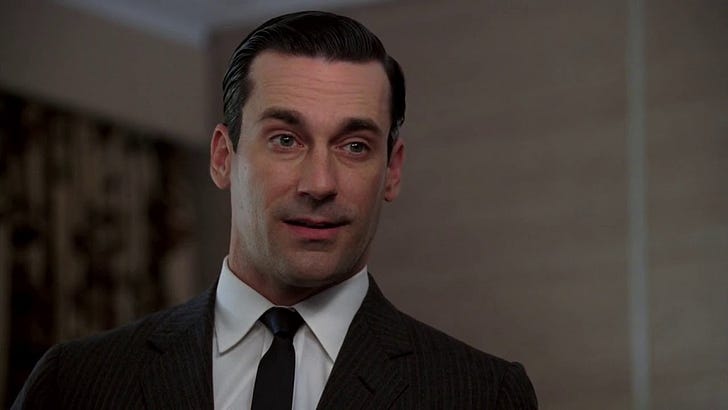+++ Head’s up: EmployerBrandingforSmallBusiness.com +++
Yesterday, I showed off a short EB video from Discount Tire, which I think does an amazing job of instilling a brand message very quickly.
If you read my notes on why the video was so effective, one of the things I pointed out was how well it sparked an emotion. Mike talked about how working at DT helped make him a better father and husband, a better member of the community.
But it wasn’t the words. It wasn’t the images. It wasn’t the music. It was all those things packaged up, where the words are said over music against images to create an emotion.
The whole video starts by putting you on the back foot. The music is surprisingly dissonant, starting as a drone that turns into a string chord, a note that continues for 20 seconds. The first words out of Mike’s mouth as about what you THINK you’re going to learn (obviously suggesting that that’s not going to be true). For the first twenty seconds, he’s just chatting. Four short seconds about how this man has changed. Changed. And then he drops, “all through the lens of Discount Tire.” The drums kick in over the line, “we change more than tires” and the music is something close to a revelation. An epiphany. A celebration. And for the rest of the video, Mike doesn’t speak again. He’s said what needed to be said. It ends with a series of still photos, culminating in Mike holding a polaroid of himself in front of his own face. Is he the photo or the man holding the photo? Both are wearing branded red shirts. And then the tag, #WeAreDiscountTire.
It is a tiny masterclass in creating earned emotion. Not sentimentality. Not sappy or saccharine. We see someone who has shown that he is a different (assuming better) person because of this job.
It makes “We’re a great place to work” feel weak in comparison, doesn’t it?
Look at the penultimate episode of Mad Men’s first season, where Don Draper is pitching a plastic and metal box with a lightbulb in it:
It is one of the most famous scenes in the whole show, really showing how much emotion can be pulled from a simple idea, played relatively straight. The music isn’t obvious. And while this certainly qualified as a monolgue, it’s not very wordy. In fact, there’s a lot of empty space in what he’s saying, giving room from the friction between what you see on the projector, what you see on the screen and what he is saying. There is so much unsaid that lives between Don’s lines, and that may be what creates so much emotion.
Compare that to this chocolate commercial from Britain featuring what is probably the most well-known drum fill in the western world:
Again, it is painfully simple. It is the build up of tension as the song most people know swells coupled with a gorilla (!) getting into the music. Obviously, the juxtaposition of the gorilla with its eyes closed listening VERY intently to Phil Collins’ In The Air Tonight adds to the tension, withholding the release about three beats longer than you think it can last (kudus for doing this as a 90-second commercial, because it just wouldn’t have worked in 30). If you’ve never seen it, you’re in for a treat because, by the end, the release of all that tension creates emotion. It is about the joy of rocking out to what is an almost stupid-simple drum fill that almost anyone can do (and likely has done).
You can spark and elicit emotion in so many different ways, but I see so rarely.
And as we will see tomorrow, it is critical in getting great talent to choose you.
+++++
My new book is coming out in hardcover and ebook April 4th. Get a sneak preview at http://employerbrandingforsmallbusiness.com
***This Newsletter Contains No ChatGPT***
###





Great column, James. The Mad Men clip is really brilliant - the direction, Jon Hamm’s delivery, and the message that emotion trumps everything.